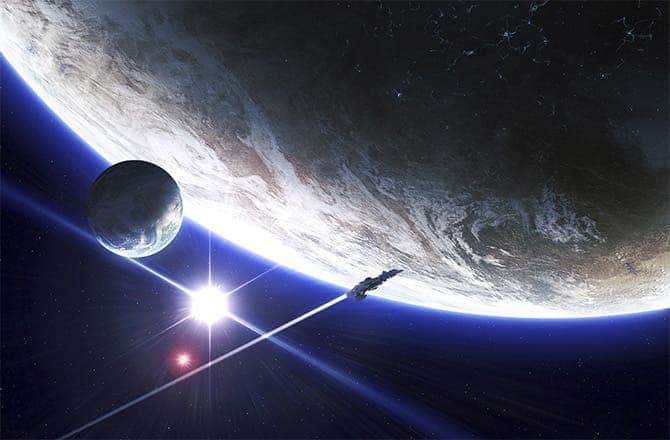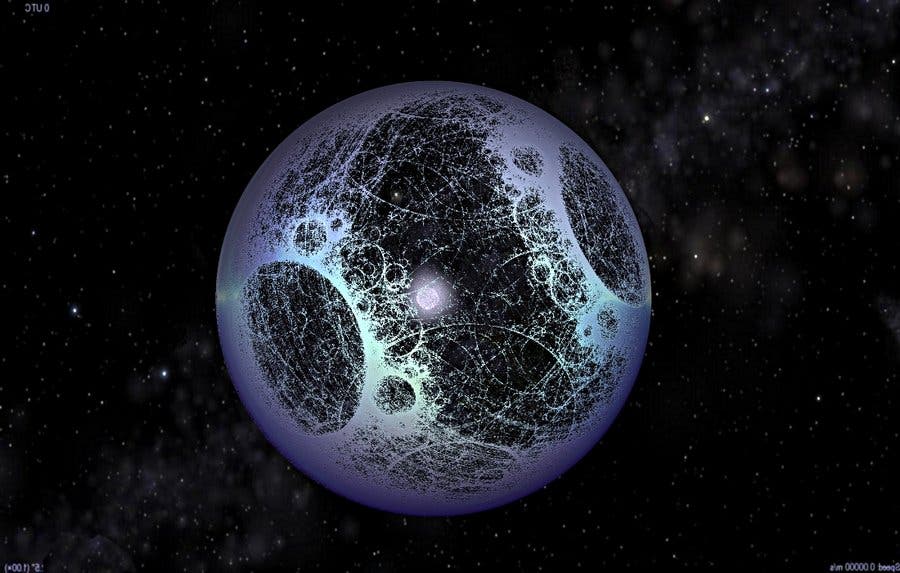I already feel guilty – after all, it’s not every day that we’re allowed to say “aliens”; in fact, it’s almost never. I hate it when people cry “aliens” whenever something strange happens, but now, Jason Wright, an astronomer from Penn State University, is set to publish a report about a strange pattern of disturbances around the light of a distant star called KIC 8462852, and one of the possibilities is an alien construction.
First of all, let’s not get overly excited here – this is just one of many possibilities, and quite possibly the least likely.
“Aliens should always be the very last hypothesis you consider, but this looked like something you would expect an alien civilisation to build,” Jason Wright, a reputable scientists from Penn State University in the US, told The Atlantic. Wright has a solid publishing record.
KIC 8462852 is a star located in the constellation Cygnus approximately 454 parsecs (~1481 light years) from Earth. In September, a paper was published in ArXiV eloquently asked: “Where’s the flux?“. They authors observed a significant dip in the light from the star and were unable to figure out why this happened.
“Over the duration of the Kepler mission, KIC 8462852 was observed to undergo irregularly shaped, aperiodic dips in flux down to below the 20% level. The dipping activity can last for between 5 and 80 days,” the abstract reads
Numerous hypotheses emerged, although none was confirmed. The most likely possibility seems to be a large dust cloud of broken up comets orbiting the star elliptically, but there’s a problem with that: the problem is that if there were comets orbiting the star, you’d expect some sort of regular periodicity, but you don’t see that. There’s only a bunch of strange, light-blocking shapes with no discernible pattern to them.
Phil Plait, astronomer and author at Bad Astronomy said:
“Straight away, we know we’re not dealing with a planet here. Even a Jupiter-sized planet only blocks roughly 1 percent of this kind of star’s light, and that’s about as big as a planet gets. It can’t be due to a star, either; we’d see it if it were. And the lack of a regular, repeating signal belies both of these as well. Whatever is blocking the star is big, though, up to half the width of the star itself!”
The only plausible explanation would be that the comets just recently formed and still form a dynamic and chaotic system, but this would be an incredible coincidence: it would mean that they formed extremely recently, and astronomy doesn’t really do well with coincidences. Also, we’ve never ever seen anything like this.
“We’d never seen anything like this star,” one of the researchers, Tabetha Boyajian from Yale University in the US, said. It was really weird.”
The results have been double checked for instrumental error, and that was ruled out, so we’re left with either an extreme coincidence, something completely unforeseen, or… aliens. Futurologists have long predicted that ultimately, intelligent species will create a Dyson sphere or another – a huge megastructure of solar panels surrounding a star, and I quite light this idea. Mind you, this doesn’t mean that this is likely, but I do feel that it’s an interesting possibility. Also, Jason Wright is as reputable a scientist as you’re ever going to get; his research is skeptic and analytic, so even the fact that he’s considering something like this is exciting, but for the moment, let’s not get carried away.











